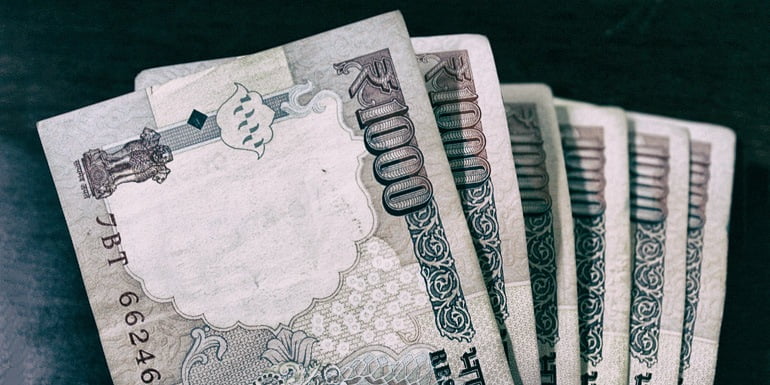In one of the boldest move to curb the black money, money laundering, financing of terrorists and counterfeit notes, India Government has completely withdrawn Rs 500 and Rs 1000 currency notes from midnight, 8th November 2016. These currency notes will no longer be legal tender and its value will become that of a piece of paper.
However, Reserve Bank of India (RBI) will introduce new Rs 2000 and Rs 500 currency notes in limited quantities starting from 10th November 2016. In addition lower denomination currency notes of Rs 1, Rs 2, Rs 5, Rs 10, Rs 20, Rs 50 and Rs 100 will continue to remain legal tender.

Banks and ATMs across India will not operate on 9th November 2016 and some ATMs on 10th November 2016. There is also some withdrawal limit in place at banks, ATMs, and post offices. ATM withdrawals are restricted to Rs 2000 per day till November 18, 2016. Whereas withdrawals from bank accounts will be limited to Rs 10,000 a day to a total of Rs 20,000 a week. The government is said to increase the withdrawal limit in the coming days.
For the next 72 hours or until 11th November, 2016 midnight the old Rs 500 and Rs 1000 currency notes will be accepted in government hospitals, pharmacies, booking counters for railway tickets, government buses, airline ticket counters, petrol, diesel and gas stations of PSU oil companies, consumer cooperative stores authorized by the state or central government, milk booths authorized by state government and crematoria, burial grounds.
What changed with Rs 500 and Rs 1000 currency notes
- From 9th November 2016, five hundred and thousand rupees currency notes will no longer be legal tender.
- Still, lower denomination currency notes are not affected and still legal tender.
- Cashless payment, digital wallets, and online transactions are not affected.
- Banks and ATMs will be closed for one day on 9th November 2016.
- ATM withdrawals are restricted to Rs 2000 per day till November 18, 2016. The limit will be raised to Rs 4,000 per day per card from 19th November 2016, onwards.
- Bank withdrawal is restricted to Rs 10,000 a day and a total of Rs 20,000 a week.
- Till 11th November 2016 old Rs 500 and Rs 1000 currency notes are accepted in government hospitals, pharmacies, petrol pumps, booking counters for railway tickets etc.
Wait don’t get panic hearing all this. India Government has taken all necessary steps to tackle this situation. If you are holding old notes of five hundred or thousand rupees, then you can deposit these currency notes in banks or post offices. These can be done during the 50 day period starting from 10th November 2016 onwards till 30th December 2016.
Besides depositing to the bank account you can also exchange the Rs 2000 and Rs 500 currency notes with lower denomination currency notes from any banks and post offices till 24 November 2016. But you will need to show a valid government identity card like PAN, Aadhaar or Election Card. There will be also a limit of Rs 4000 per day. Those not able to deposit or exchange their Rs 1000 and Rs 500 currency notes by 30 December 2016 can still exchange the notes till 31 March 2017 at any RBI office. But you may need to fill a declaration form along with furnishing ID proof and the reason.
What to do with old Rs 500 and Rs 1000 Currency notes
- Deposit the old Rs 500 and Rs 1000 currency notes in banks or post offices till 30th December 2016.
- Exchange the old notes with new ones from banks or post offices till 24 November 2016 by showing identity proof. Also, there is a Rs 4000 daily limit on the exchange.
- After 30th December 2016 and till 31 March 2017 you can exchange the old currency notes at any RBI office. But you will need to fill a declaration form along with providing ID proof and reason for the same.
Do note that there is no restriction on any kind of non-cash payments. These includes payments by cheques, demand drafts, debit cards or credit cards and electronic fund transfers.


